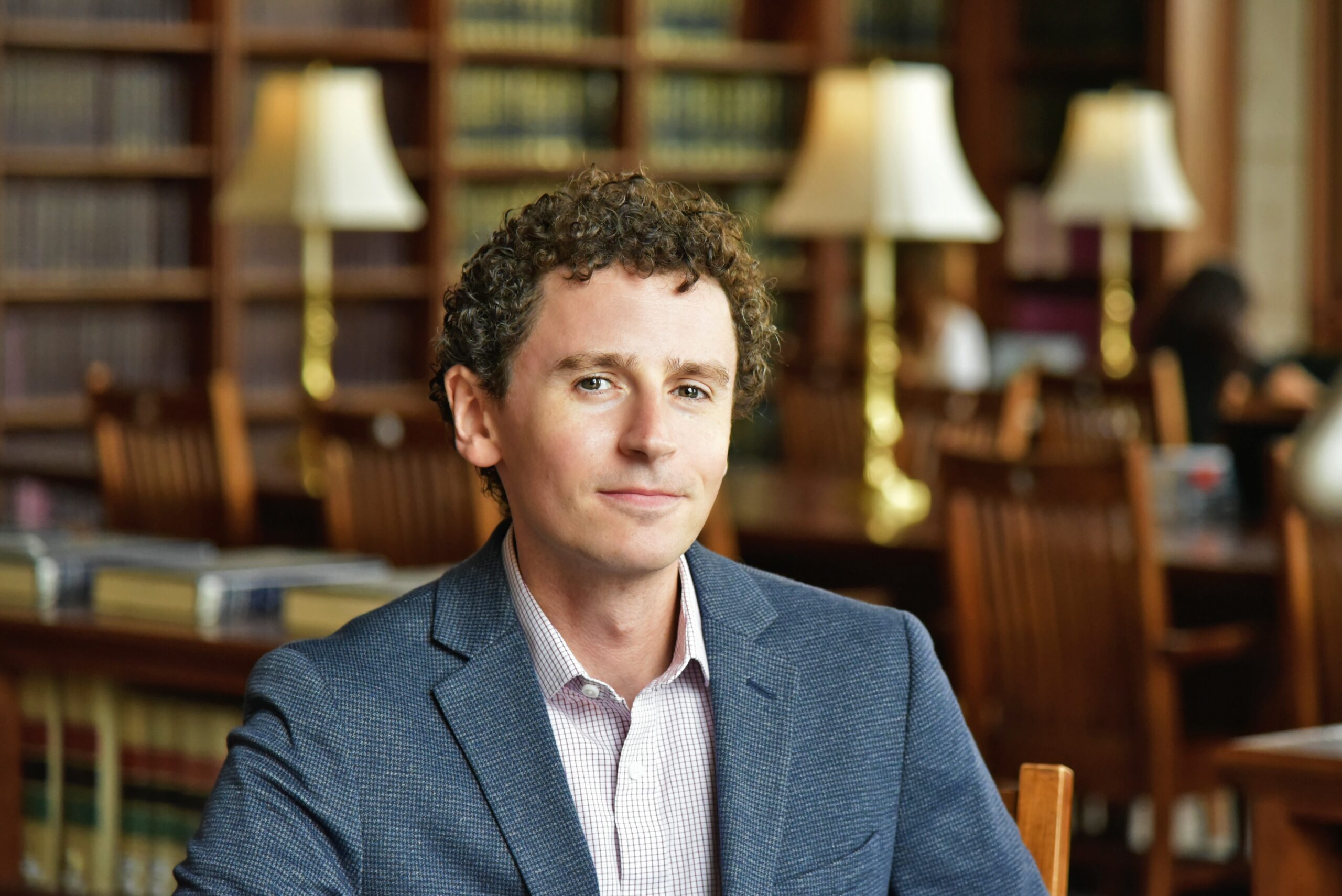
Benjamin Levin is a Professor at WashU Law.
For years, it’s been hard not to feel at least a little guilty watching March Madness. The annual college basketball tournament generates over a billion dollars. Schools, coaches, advertisers, and tv networks make money hand over fist. Yet, one group was always left out in the cold: the players.
Despite the obvious profit motive of the entire enterprise—from massive ad campaigns to widespread gambling on the games—the NCAA insisted on preserving the amateurism of the “student athletes” by preventing them from cashing in at all.
In 2021, the Supreme Court’s decision in NCAA v. Alston changed all of that. Suddenly, college athletes were allowed to profit off of their name, image, and likeness or “NIL.” Combined with post-COVID changes to student transfer eligibility rules and increased conference realignment, NIL has dramatically reshaped the landscape of bigtime college athletics. The NCAA’s sanctimonious insistence on the purity of sport without money has given way to a widespread acknowledgement that bigtime college athletics is a mercenary enterprise.
For many of us who criticized the NCAA and have called for players to be paid and receive workplace protections, the last few years have brought positive developments (and allowed for some guilt-free sports watching). But, the NIL era raises some troubling questions.
There’s much to be said about whether college sports can (or should) survive the NIL revolution and about equity in the NIL landscape across schools, sports, genders, etc.
More broadly, though, the rise of the NIL market provides a window into a concerning trend in how labor is commodified. The NIL framework means that athletes aren’t paid directly for playing sports—the activity that generates value, that requires tremendous skill, and that defines their role in society. Instead, the athletes are technically paid for advertising, for content creation, and—above all—for being celebrities.
It may be that more successful athletes on the court or field will make more money off the court or field. But that’s not necessarily true. Perhaps the most notable example here is Louisiana State University gymnast Livvy Dunne, who parlayed unremarkable performances at meets into NIL-era fortune and fame as an Instagram model and influencer.
Of course, a certain number of the NIL payments are “NIL” in name only. Many NIL deals are a legal version of what most observers long suspected was going on in bigtime college sports: athletes receiving under-the-table payments and gifts from boosters (ostensibly without the knowledge of coaches or universities). In those bad old days, players weren’t getting paychecks for their performance, but that didn’t mean that they weren’t getting paid. The current NIL system might not be so different. Players aren’t on the university payroll. Instead, NIL collectives arrange deals for players. The NIL money is used in recruiting and as a means of fielding high-priced teams full of blue-chip prospects.
Nevertheless, athletes still can’t be paid for being athletes. They can be paid for being advertisers (or being advertised).
To be clear, I don’t mean to suggest that many of the off-court activities that college athletes engage in aren’t “work.” Rather, I think it’s important to recognize that the work that is technically being rewarded involves building a brand.
There’s something striking about the NIL framing and the fact that the framework and language continues to insist that the basis for compensation can’t actually be the athletic work itself. What makes Big Time college athletics such big business is the performance on the field or the court. But, the NIL regime refuses to commodify or compensate for the actual valuable commodity.
The NIL regime, then, illustrates a broader cultural and economic phenomenon.
In a post-industrial internet age, the tech entrepreneur and the app inventor became models for success in US society. And, as social media use has exploded, the influencer economy has taken hold. At the same time, we’ve seen the rise and entrenchment of the so-called gig or sharing economy.
In each of these contexts, people are doing work. But what’s celebrated or identified as central to the enterprise is something entrepreneurial. We all are our own business owners. We are all our own promoters. On social media, each of us is essentially our own agent, publicist, or press secretary—posting our own ads, statements of purpose, or press releases and trying to frame, or sell, or “curate” our image.
The NIL framework reflects a similar dynamic.
Presented with the obvious injustice of a multi-billion-dollar industry where the workers got nothing, the response was to allow for payment but to continue to devalue the work itself. It’s an approach consistent with a sort of post-postindustrial labor economy: the market isn’t in the direct goods or services that a worker provides; it’s in the worker’s ability to market.
To the extent that the professionalization of bigtime college athletics is here to stay, the next step should be figuring out a new framework for compensating and regulating the actual athletic labor. Thankfully, there are any number of professional sports leagues—and professional players associations’ collective bargaining agreements—to look to for examples.
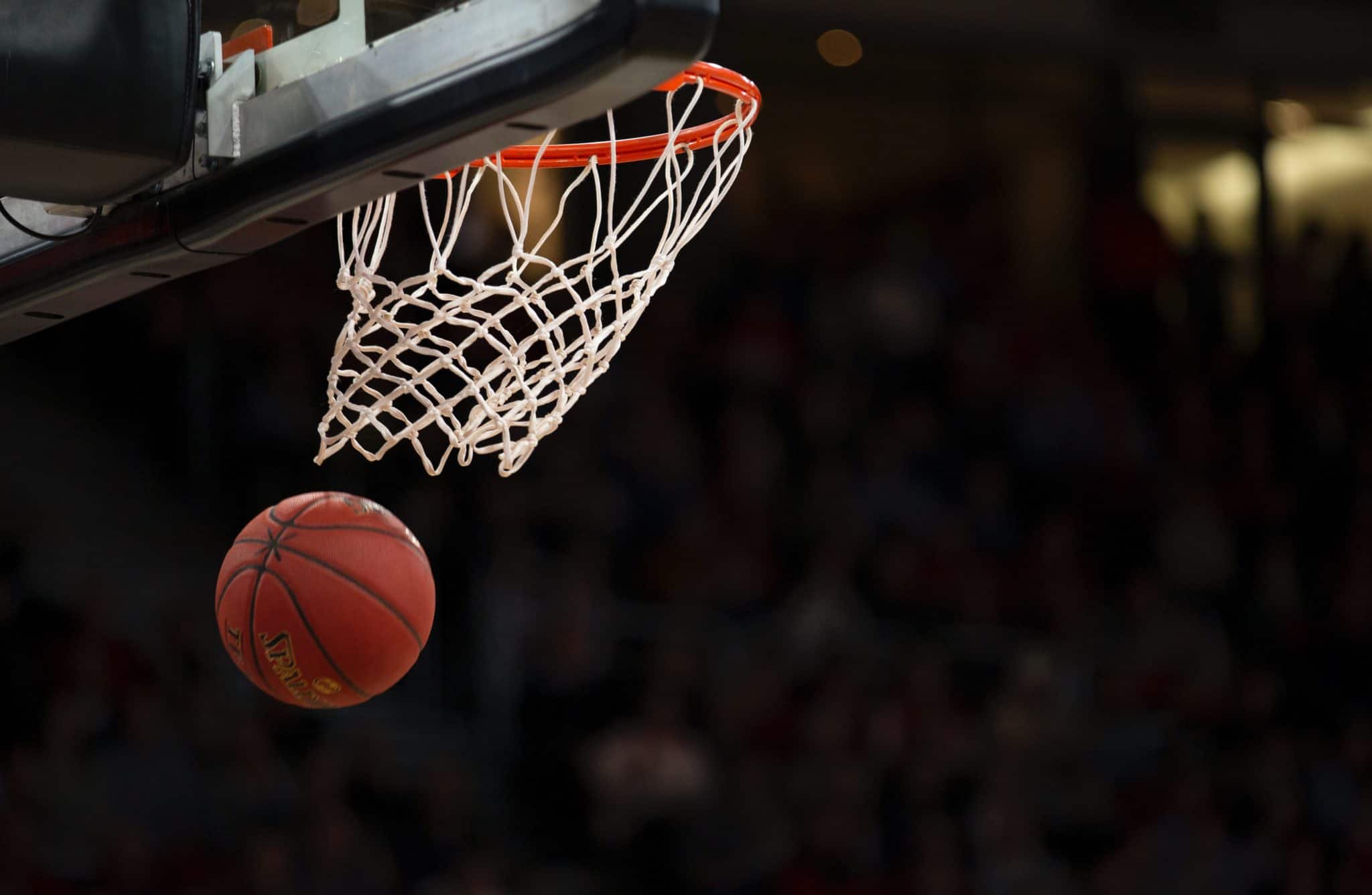
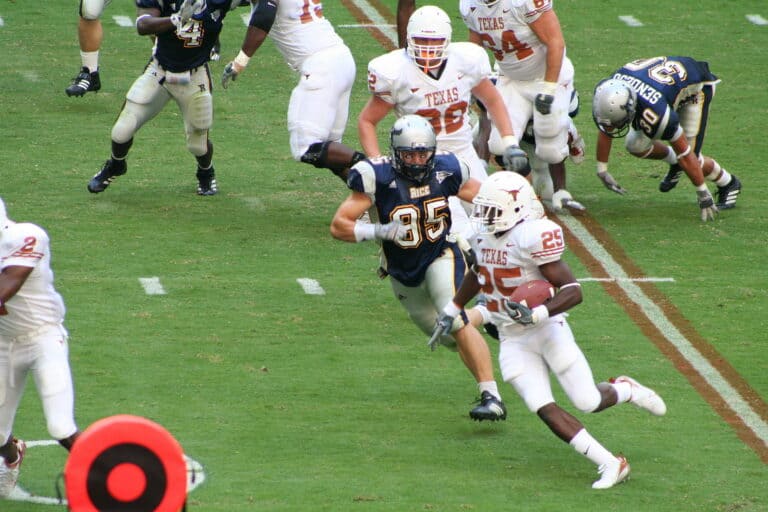
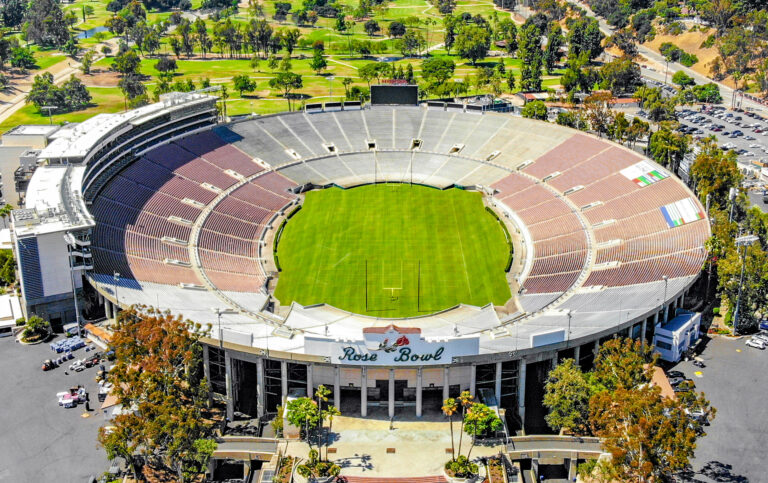
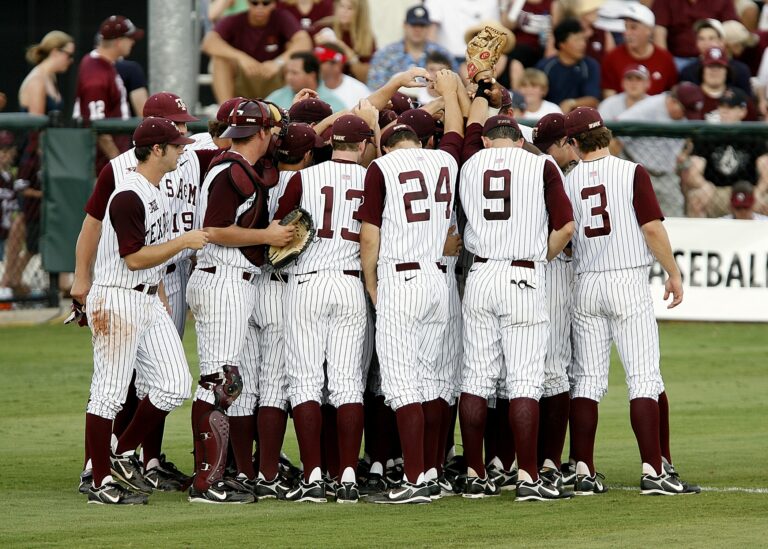
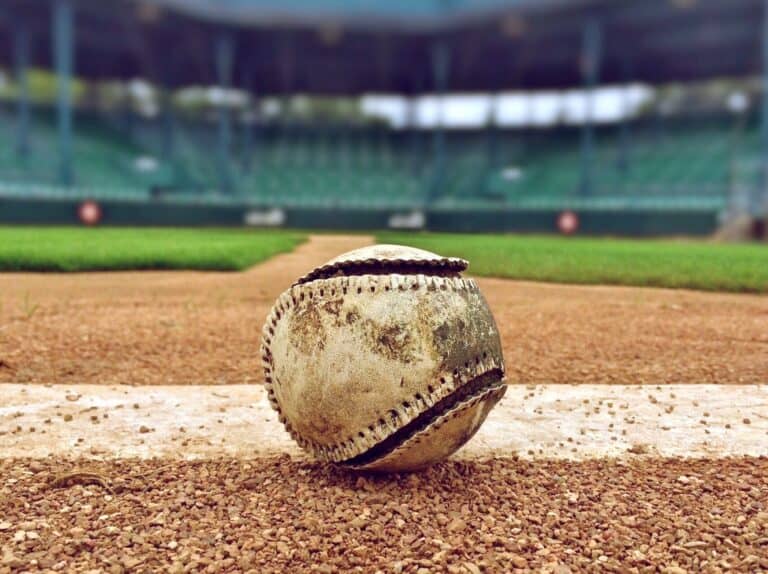
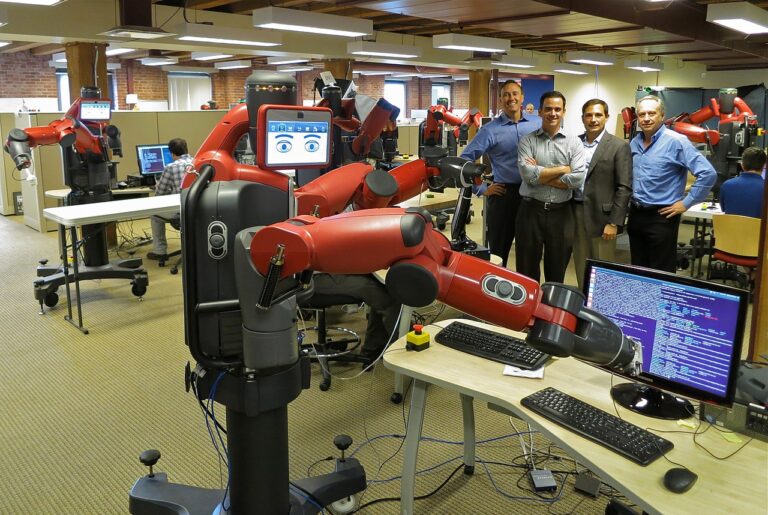
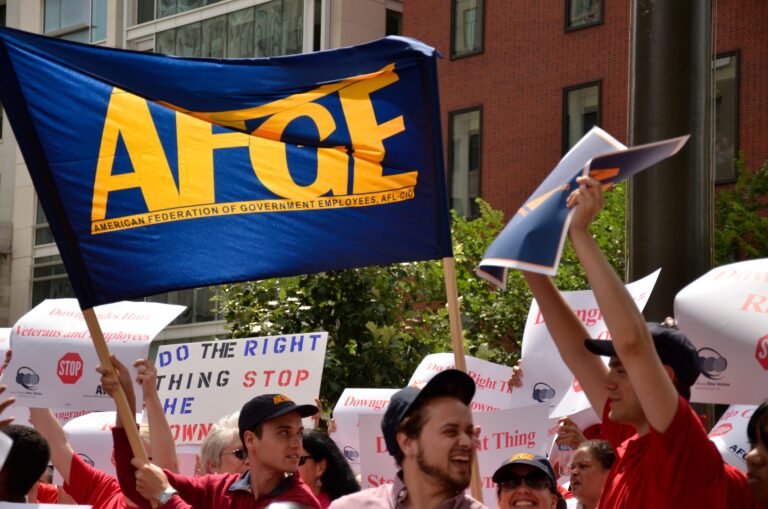
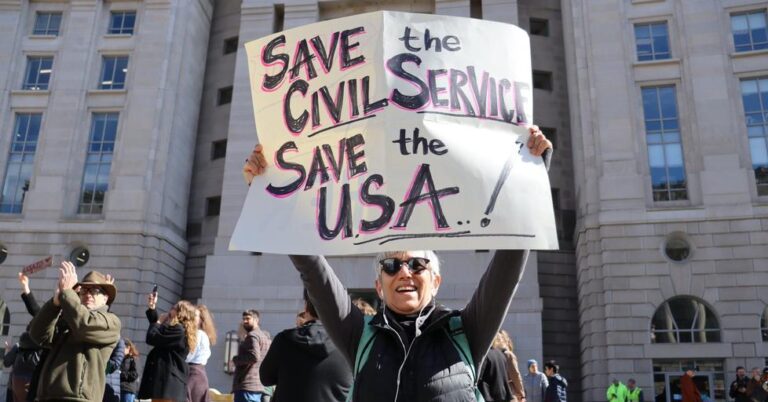
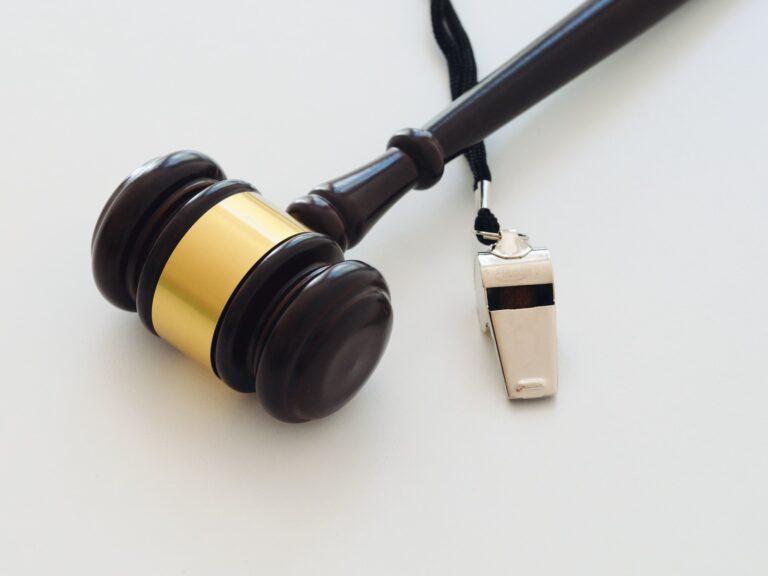

Daily News & Commentary
Start your day with our roundup of the latest labor developments. See all
December 5
Netflix set to acquire Warner Bros., Gen Z men are the most pro-union generation in history, and lawmakers introduce the “No Robot Bosses Act.”
December 4
Unionized journalists win arbitration concerning AI, Starbucks challenges two NLRB rulings in the Fifth Circuit, and Philadelphia transit workers resume contract negotiations.
December 3
The Trump administration seeks to appeal a federal judge’s order that protects the CBAs of employees within the federal workforce; the U.S. Department of Labor launches an initiative to investigate violations of the H-1B visa program; and a union files a petition to form a bargaining unit for employees at the Met.
December 2
Fourth Circuit rejects broad reading of NLRA’s managerial exception; OPM cancels reduced tuition program for federal employees; Starbucks will pay $39 million for violating New York City’s Fair Workweek law; Mamdani and Sanders join striking baristas outside a Brooklyn Starbucks.
December 1
California farmworkers defend state labor law, cities consider requiring companies to hire delivery drivers, Supreme Court takes FAA last-mile drivers case.
November 30
In today’s news and commentary, the MSPB issues its first precedential ruling since regaining a quorum; Amazon workers lead strikes and demonstrations in multiple countries; and Starbucks workers expand their indefinite strike to additional locations. Last week, the Merit Systems Protection Board (MSPB) released its first precedential decision in eight months. The MSPB had been […]